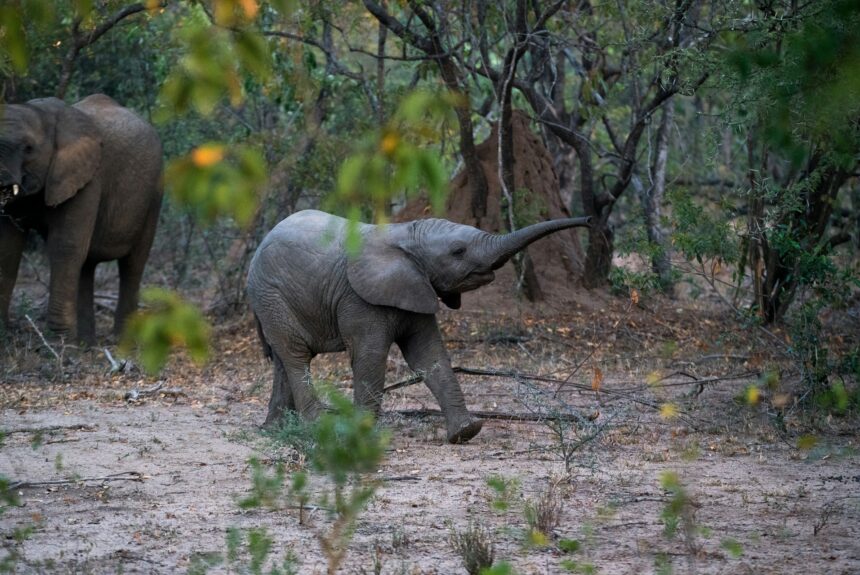Tech giant IBM and the World Wide Fund for Nature-Germany (WWF) have joined forces to help save endangered African forest elephants. The partnership will leverage artificial intelligence to identify, monitor, and protect the elephants. This technology could also be instrumental in the conservation of other endangered species around the world.
Forest elephant numbers have dropped by more than 80 percent over the last three decades in the Congo Basin because of habitat loss and illegal poaching. Keeping track of the remaining forest elephants is an integral part of halting that population decline. The partnership between IMB and WWF will focus on monitoring the species, which is critical to conservation efforts. Despite its importance, monitoring for many species still relies on antiquated techniques, primarily photo monitoring by local research groups.
>>>READ: Five Organizations That Are Leading in Marine Conservation
However, identifying animals based on photos is not glamorous work, and mistakes are easy to make. To identify a specific individual, researchers must compare the photo in question to a database of previously recorded photos; this is time-consuming, and identifications often come down to tiny details such as scar placements which may look similar on multiple animals. That is why IBM and WWF are turning to IBM’s Maximo Visual Inspection system to quickly and accurately compare database photos of individual elephants to photos taken by posted trail cameras. This software is built to automate visual inspections, run self-learning algorithms to improve, and is easy to deploy. Elephants are identified by distinct features on their heads and tusks, and as this program runs, it should become better at picking up on these subtle differences.
“Our technology will play a crucial role in streamlining the process of identifying and accounting for the individual elephants,” stated Kendra Dekeyrel, IBM’s vice president of ESG and asset management. “This is an exciting new use of IBM software, which in combination with our consulting services and WWF’s deep knowledge of the natural world can help create new ways to accelerate organizations’ sustainability efforts.”
“Being able to identify individual elephants from camera trap images with the help of AI has the potential to be a game-changer,” explained Dr. Thomas Breuer, WWF’s African forest elephant coordinator. “With AI, we will be able to monitor individual animals in space and time, giving us more robust and detailed population estimates and allowing for performance-based conservation payments, such as wildlife credits. The spatial data will also show us where these elephants choose to move–thus enabling us to protect these wildlife corridors.”
>>>READ: Whale Conservation and Lobstering Can Go Hand in Hand
While this partnership focuses on African forest elephants, using AI for identification could be implemented in most areas where people and organizations monitor animal populations. Thanks to the work being done by IBM and WWF, local communities, governments, and organizations around the globe may be able to keep better track of endangered animals and implement more impactful conservation work.
Kelvey Vander Hart is a senior fellow at The Wilberforce Institute and a communications specialist at Reason Foundation.
The views and opinions expressed are those of the author’s and do not necessarily reflect the official policy or position of C3.
